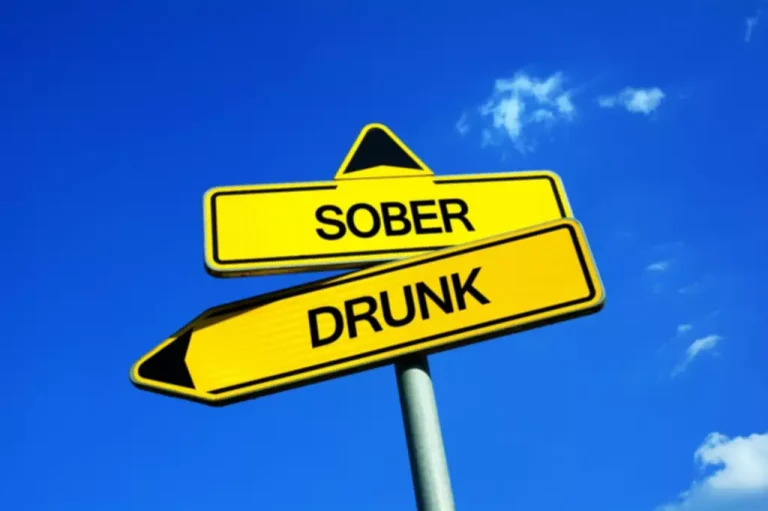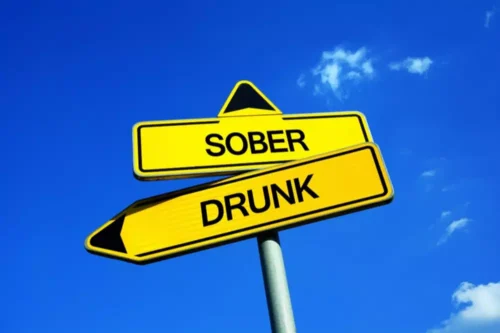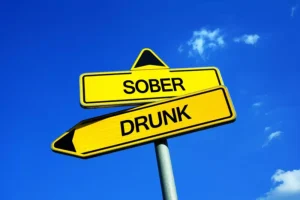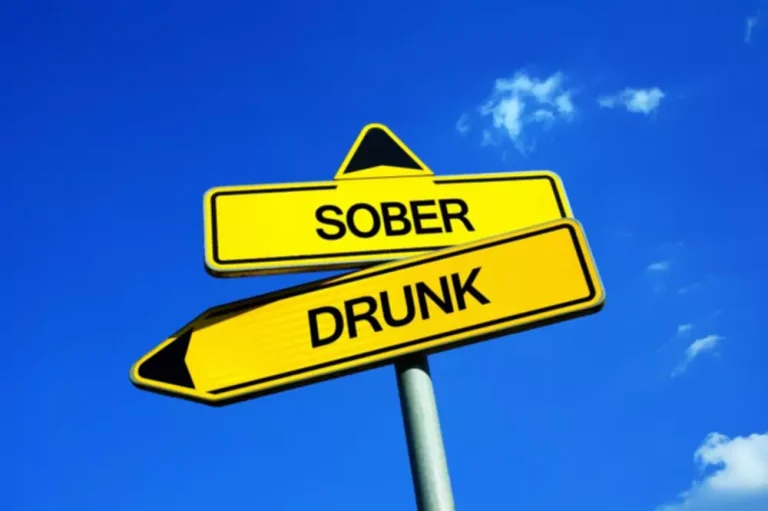
The extra sleep time that benzodiazepines provide is spent mainly in light sleep, termed Stage 2 sleep. REM and SWS are the two most important stages of sleep and are essential to health. Sleep deprivation studies show that any deficit is quickly made up by a rebound to above normal levels as soon as circumstances permit.
- Recognizing the signs of withdrawal and understanding how to manage this phase is essential for easier and smoother recovery.
- For a more comprehensive list that was compiled from existing lists and contributions from people experiencing benzodiazepine withdrawal themselves, click here.
- The classic six weeks withdrawal period adopted by many clinics and doctors is much too fast for many long-term users.
- It is necessary to take the tablets several times a day and many people experience a “mini-withdrawal”, sometimes a craving, between each dose.
- Certain medications are utilized during the acute withdrawal phase to minimize the risk of relapse.
MENTAL HEALTH
Severe symptoms and reactions can occur, and working with a professional can help a person avoid or manage these symptoms. Withdrawal symptoms may be mild in people who take the drugs for short periods. However, there is still a possibility of severe reactions and withdrawal symptoms. During the acute withdrawal phase, doctors may monitor the person and recommend other drugs to control problematic symptoms.
EXTRA MEDICATION DURING BENZODIAZEPINE WITHDRAWAL

Also, people who have gone alcoholism symptoms back on benzodiazepines, having failed at the first attempt at withdrawal, can be just as successful at tapering as first-timers. These sensations return towards normal as withdrawal progresses, and some people are pleased with the new, seemingly extraordinary, clarity of their perceptions. Only in withdrawal do they realise how much their senses have been obscured by benzodiazepines.

Acute withdrawal
All this constant activity contributes to a feeling of fatigue and weakness (“jelly-legs”). In addition, the muscles, especially the small muscles of the eye, are not well co-ordinated, which may lead to blurred or double vision or even eyelid spasms (blepharospasm). On the whole, different approaches suit different individuals and need to be personalised.
- In my clinic, nerve conduction studies in patients with such symptoms revealed nothing abnormal – for example, there was no evidence of peripheral neuritis.
- Benzodiazepines slow all of this activity down, calming the system, and relaxing the body and brain by increasing the interaction of the inhibitory neurotransmitter gamma amino-butyric acid, or GABA, within the central nervous system.
- There is some research that indicates that some people who took benzodiazepines long-term prior to discontinuation may have persistent or permanent problems with concentration, learning, memory, and/or a reduced tolerance to stress.
- During benzodiazepine withdrawal, symptoms characteristically wax and wane, varying in severity and type from day to day, week to week, and even during the course of a day.
- This organ is densely packed with GABA and benzodiazepine receptors (See Chapter I) and is a prime site of action of benzodiazepines.
In practice abrupt withdrawal of benzodiazepines may result in: additional drugs are seldom needed with very slow benzodiazepine tapering. Only in special situations there might be a place for an antidepressant, beta blocker, sedative antihistamine or anticonvulsant. There is no need to avoid ordinary pain killers such as Tylenol, Feldene etc. for everyday aches and pains.
SLOW WITHDRAWAL SCHEDULES

During the early stages of withdrawal, the person may notice the symptoms of the condition that the drug was treating start to return, or rebound. For example, symptoms of anxiety or insomnia may come back or get worse without the drugs. This dependence may lead to a difficult withdrawal if the person chooses to stop taking the drugs. The risks of benzodiazepine withdrawal can be considerably decreased with the intervention of a physician or an addiction specialist. The initial rebound effects, such as increased anxiety and difficulty sleeping, characterize the acute stage. Physical symptoms like tremors, sweating, and nausea may also emerge during this period.
